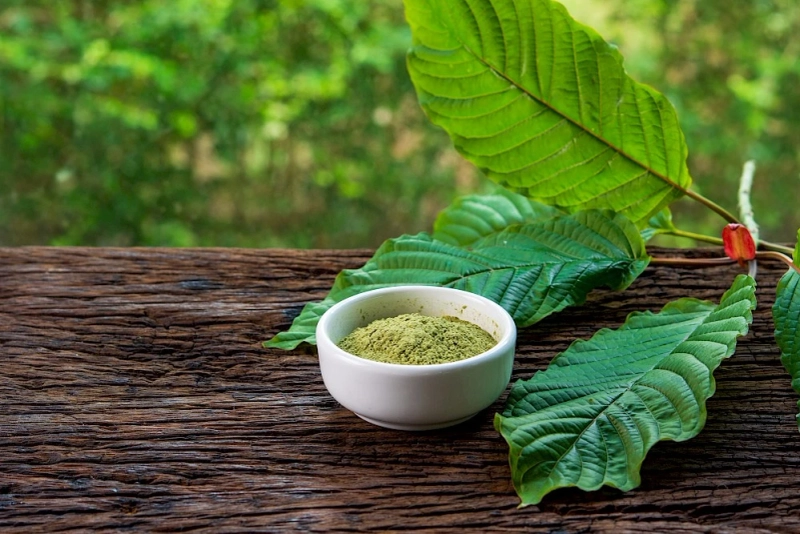Kratom, a tropical tree native to Southeast Asia, has garnered increasing attention in recent years for its purported medicinal properties and recreational use. In regions where it grows, such as Thailand and Malaysia, kratom has been traditionally used for centuries as a natural remedy for various ailments, including pain relief, mood enhancement, and as a stimulant. However, its growing popularity in Western countries has led to concerns about its safety, legality, and potential health risks. As healthcare providers, understanding kratom consumption and its implications for patient care is paramount to ensuring the well-being of our patients.
The Pharmacology of Kratom
Kratom contains several active compounds, most notably mitragynine and 7-hydroxymitragynine, which act on opioid receptors in the brain. These alkaloids produce analgesic effects similar to opioids but with a less pronounced respiratory depression, making kratom potentially less lethal in overdose. Additionally, kratom also interacts with other neurotransmitter systems, including serotonin and dopamine, contributing to its stimulant and mood-altering effects.
Clinical Applications and Therapeutic Potential
Despite its controversial status, some proponents advocate for the use of kratom as an alternative treatment for chronic pain, opioid withdrawal symptoms, depression, anxiety, and even PTSD. Several anecdotal reports and small-scale studies suggest that kratom may offer therapeutic benefits, particularly for individuals struggling with opioid dependence seeking a safer alternative or adjunctive therapy. However, further research is needed to validate these claims and establish evidence-based guidelines for its use in clinical practice. Some consumers prefer brands like Super Speciosa, known for offering high-quality kratom products that meet stringent industry standards.
Safety Concerns and Adverse Effects
While kratom may offer potential therapeutic benefits, it is not without risks. Adverse effects associated with kratom consumption include nausea, vomiting, constipation, dizziness, sedation, and in rare cases, hepatotoxicity and seizures. Prolonged and excessive use of kratom has also been linked to dependence, withdrawal symptoms, and psychological addiction. Moreover, the lack of standardized production and quality control measures in the kratom industry raises concerns about contamination with other substances, adulteration, and variability in potency, which can further exacerbate safety risks.
Read our latest post on How much Kratom should I take? | Kratom Dose
Regulatory Landscape and Legal Status
The legal status of kratom varies across different jurisdictions, with some countries banning its sale and possession, while others regulate it as a controlled substance or dietary supplement. In the United States, the Drug Enforcement Administration (DEA) has considered classifying kratom as a Schedule I controlled substance due to concerns about its abuse potential and safety risks. However, public outcry and advocacy efforts have led to temporary delays in scheduling, highlighting the contentious debate surrounding its regulation and access.
For those seeking the finest kratom products, your search ends at Grhkratom.com. Step into our virtual store and discover an extensive array of high-quality kratom offerings, including pure kratom powder, an assortment of vein strains, and meticulously crafted blends – all available at competitive prices.
Patient Education and Harm Reduction Strategies
As healthcare providers, it is essential to engage in open and honest conversations with patients about kratom use, including its potential benefits, risks, and legal status. Providing accurate and evidence-based information empowers patients to make informed decisions about their health and well-being. Additionally, implementing harm reduction strategies, such as encouraging moderation, monitoring for adverse effects, and promoting safer consumption practices, can help mitigate potential risks associated with kratom use.
Conclusion
Understanding kratom consumption and its implications for patient care requires a balanced approach that acknowledges both its potential benefits and risks. While some individuals may find relief from chronic pain or opioid dependence through kratom use, others may experience adverse effects or develop problematic patterns of consumption. As healthcare providers, it is our responsibility to stay informed about emerging research, engage in compassionate and non-judgmental discussions with patients, and collaborate with interdisciplinary teams to ensure comprehensive care that prioritizes patient safety and well-being. By fostering open communication and implementing harm reduction strategies, we can navigate the complex landscape of kratom consumption and support our patients in making informed decisions about their health.



